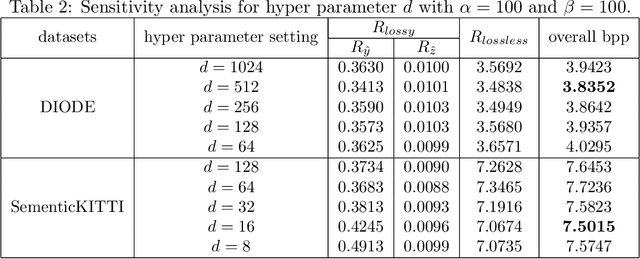Yuyang Wu
When More is Less: Understanding Chain-of-Thought Length in LLMs
Feb 11, 2025



Abstract:Chain-of-thought (CoT) reasoning enhances the multi-step reasoning capabilities of large language models (LLMs) by breaking complex tasks into smaller, manageable sub-tasks. Researchers have been exploring ways to guide models to generate more complex CoT processes to improve the reasoning ability of LLMs, such as long CoT and the test-time scaling law. However, for most models and tasks, does an increase in CoT length consistently lead to improved reasoning accuracy? In this paper, we observe a nuanced relationship: as the number of reasoning steps increases, performance initially improves but eventually decreases. To understand this phenomenon, we provide a piece of evidence that longer reasoning processes are increasingly susceptible to noise. We theoretically prove the existence of an optimal CoT length and derive a scaling law for this optimal length based on model capability and task difficulty. Inspired by our theory, we conduct experiments on both synthetic and real world datasets and propose Length-filtered Vote to alleviate the effects of excessively long or short CoTs. Our findings highlight the critical need to calibrate CoT length to align with model capabilities and task demands, offering a principled framework for optimizing multi-step reasoning in LLMs.
A Theoretical Understanding of Self-Correction through In-context Alignment
May 28, 2024



Abstract:Going beyond mimicking limited human experiences, recent studies show initial evidence that, like humans, large language models (LLMs) are capable of improving their abilities purely by self-correction, i.e., correcting previous responses through self-examination, in certain circumstances. Nevertheless, little is known about how such capabilities arise. In this work, based on a simplified setup akin to an alignment task, we theoretically analyze self-correction from an in-context learning perspective, showing that when LLMs give relatively accurate self-examinations as rewards, they are capable of refining responses in an in-context way. Notably, going beyond previous theories on over-simplified linear transformers, our theoretical construction underpins the roles of several key designs of realistic transformers for self-correction: softmax attention, multi-head attention, and the MLP block. We validate these findings extensively on synthetic datasets. Inspired by these findings, we also illustrate novel applications of self-correction, such as defending against LLM jailbreaks, where a simple self-correction step does make a large difference. We believe that these findings will inspire further research on understanding, exploiting, and enhancing self-correction for building better foundation models.
End-to-end lossless compression of high precision depth maps guided by pseudo-residual
Jan 10, 2022



Abstract:As a fundamental data format representing spatial information, depth map is widely used in signal processing and computer vision fields. Massive amount of high precision depth maps are produced with the rapid development of equipment like laser scanner or LiDAR. Therefore, it is urgent to explore a new compression method with better compression ratio for high precision depth maps. Utilizing the wide spread deep learning environment, we propose an end-to-end learning-based lossless compression method for high precision depth maps. The whole process is comprised of two sub-processes, named pre-processing of depth maps and deep lossless compression of processed depth maps. The deep lossless compression network consists of two sub-networks, named lossy compression network and lossless compression network. We leverage the concept of pseudo-residual to guide the generation of distribution for residual and avoid introducing context models. Our end-to-end lossless compression network achieves competitive performance over engineered codecs and has low computational cost.
 Add to Chrome
Add to Chrome Add to Firefox
Add to Firefox Add to Edge
Add to Edge